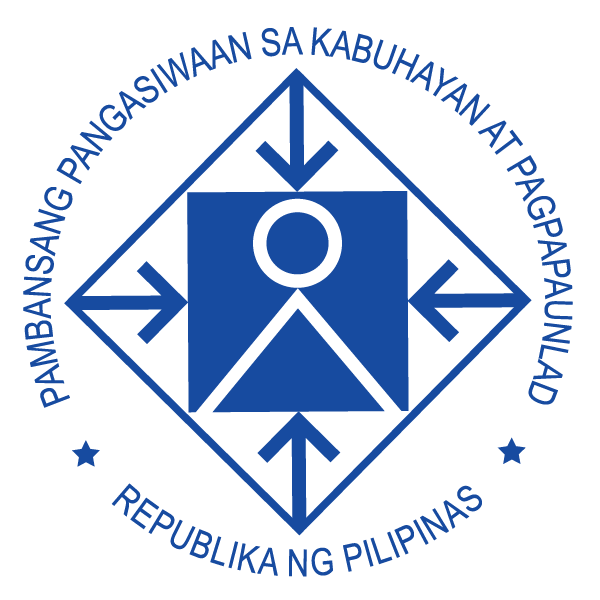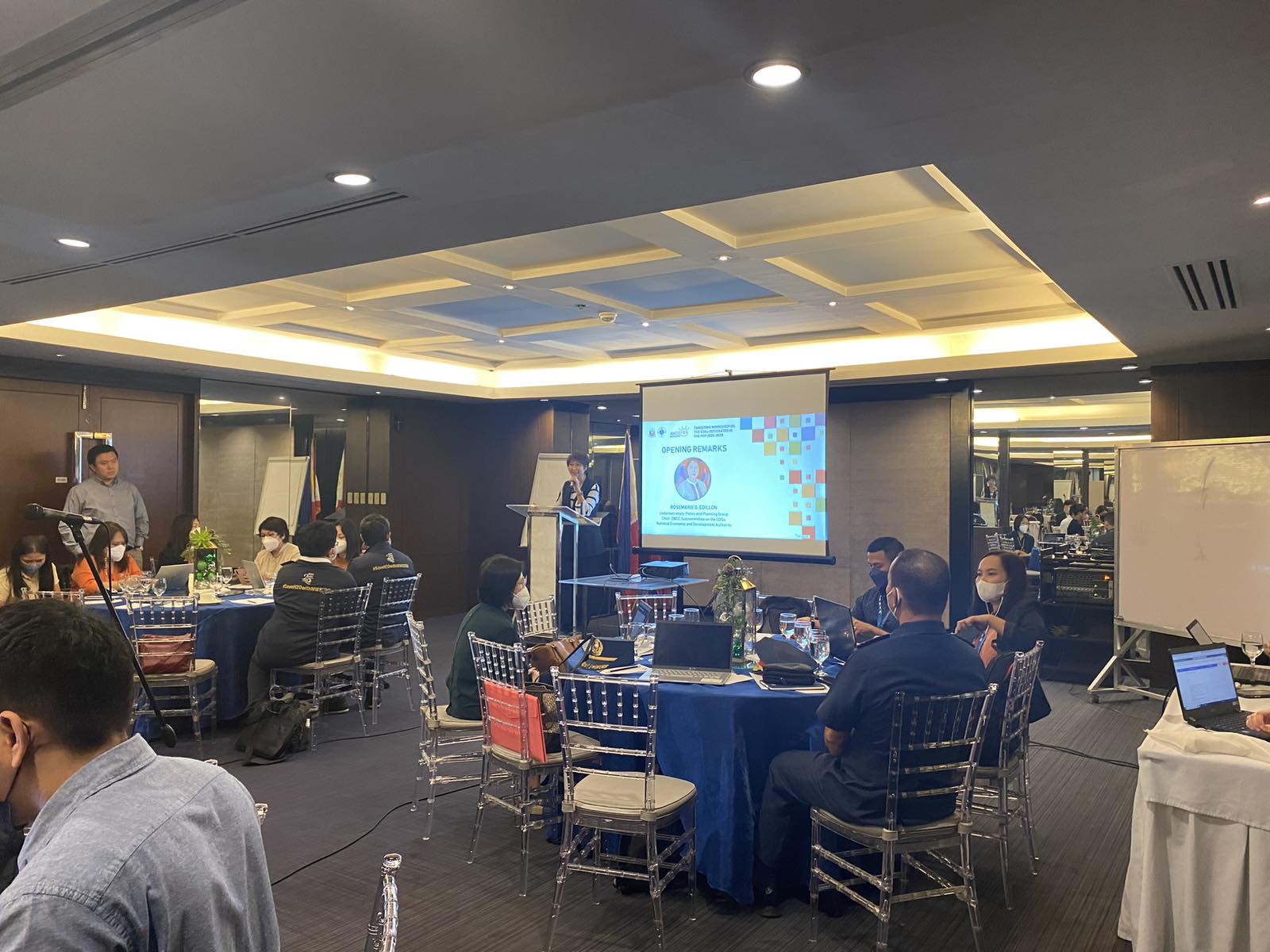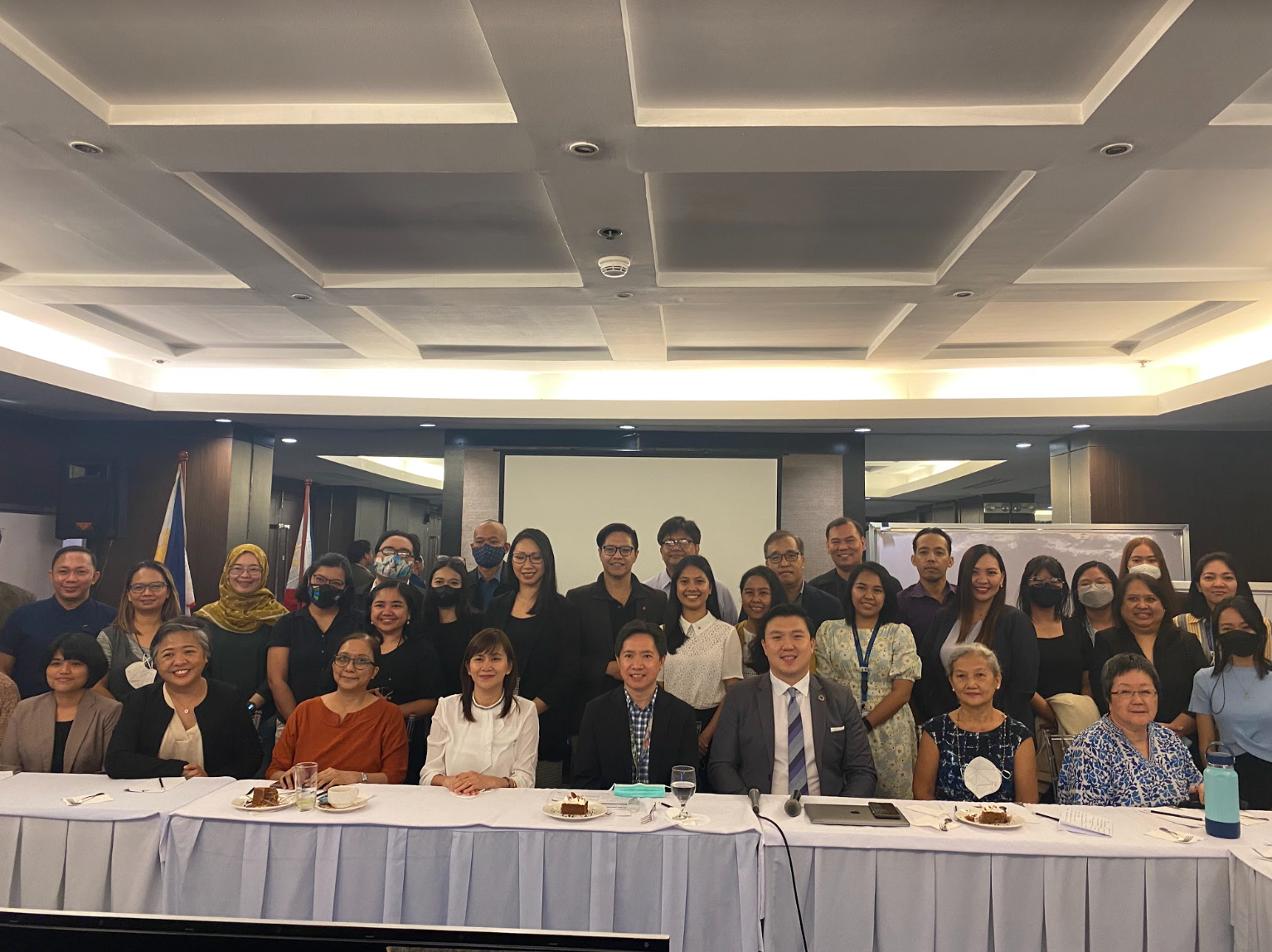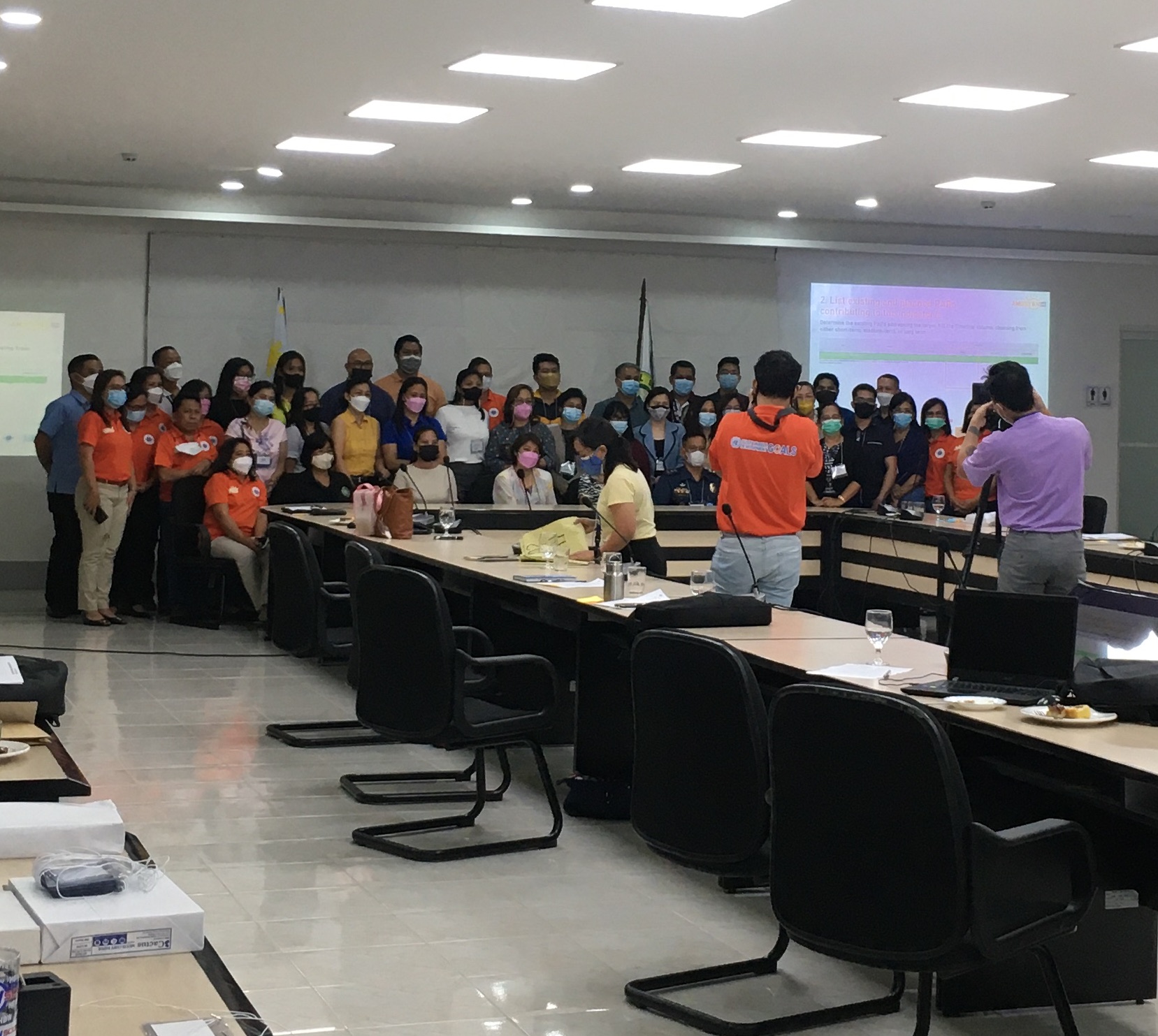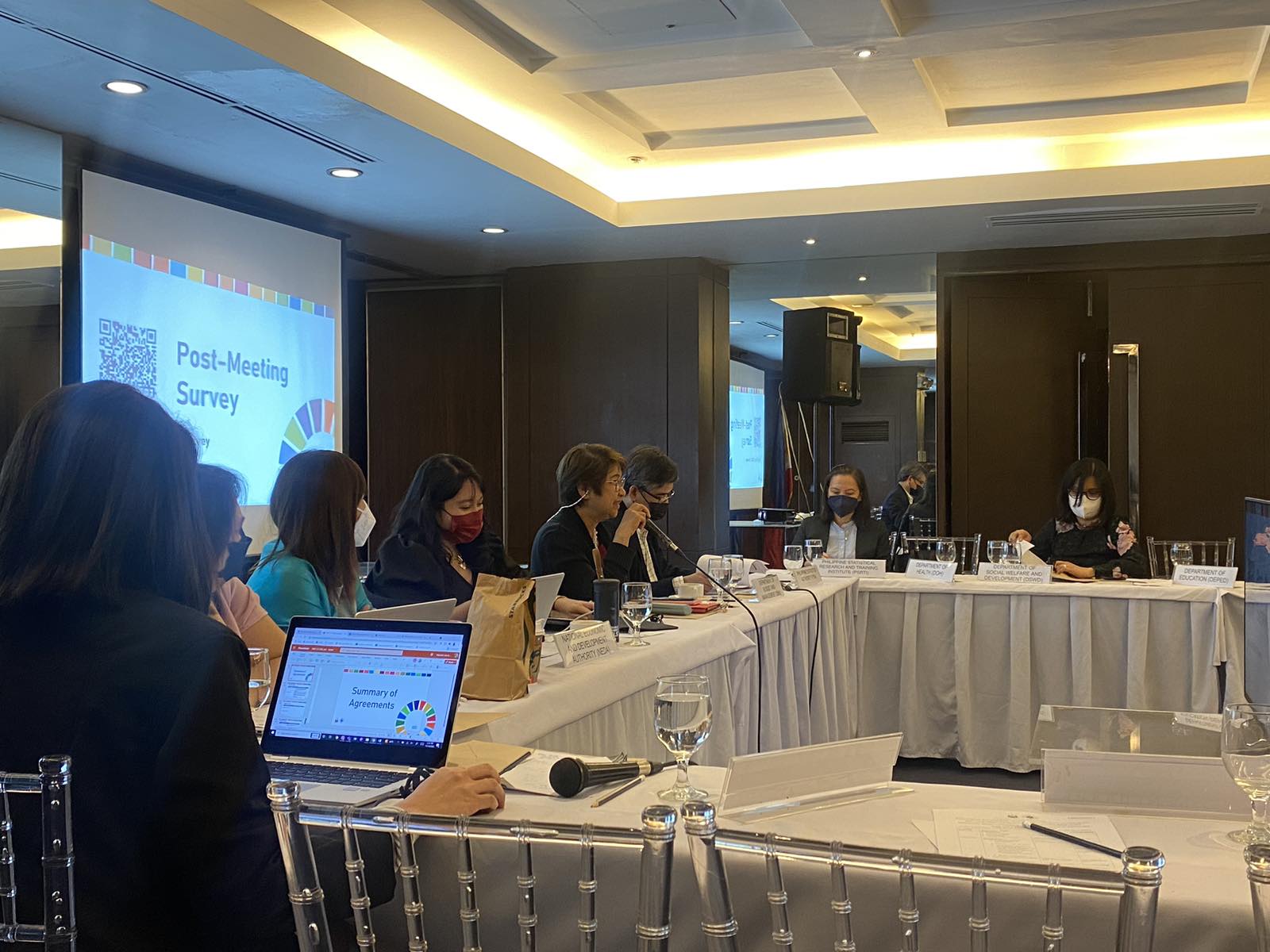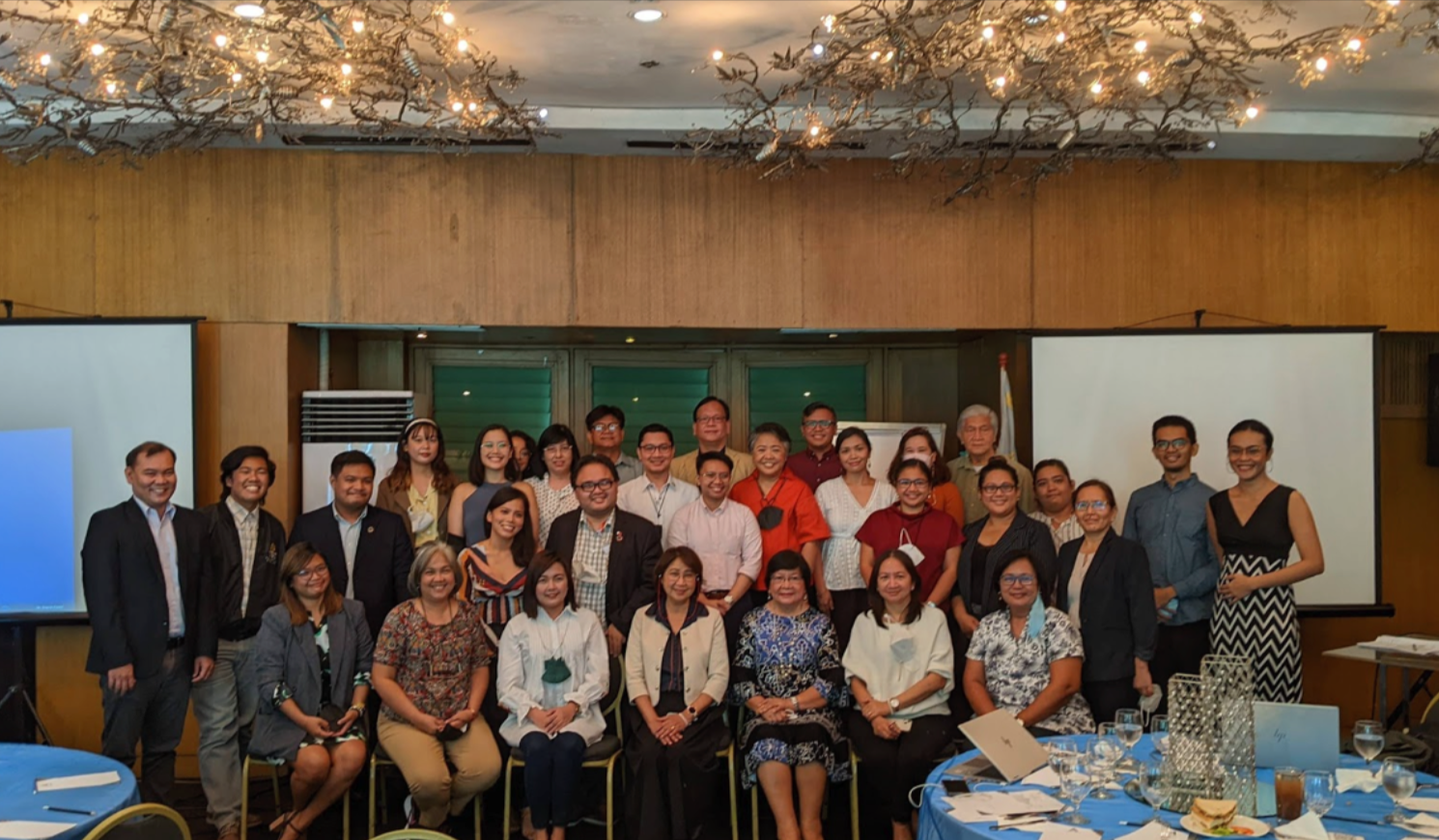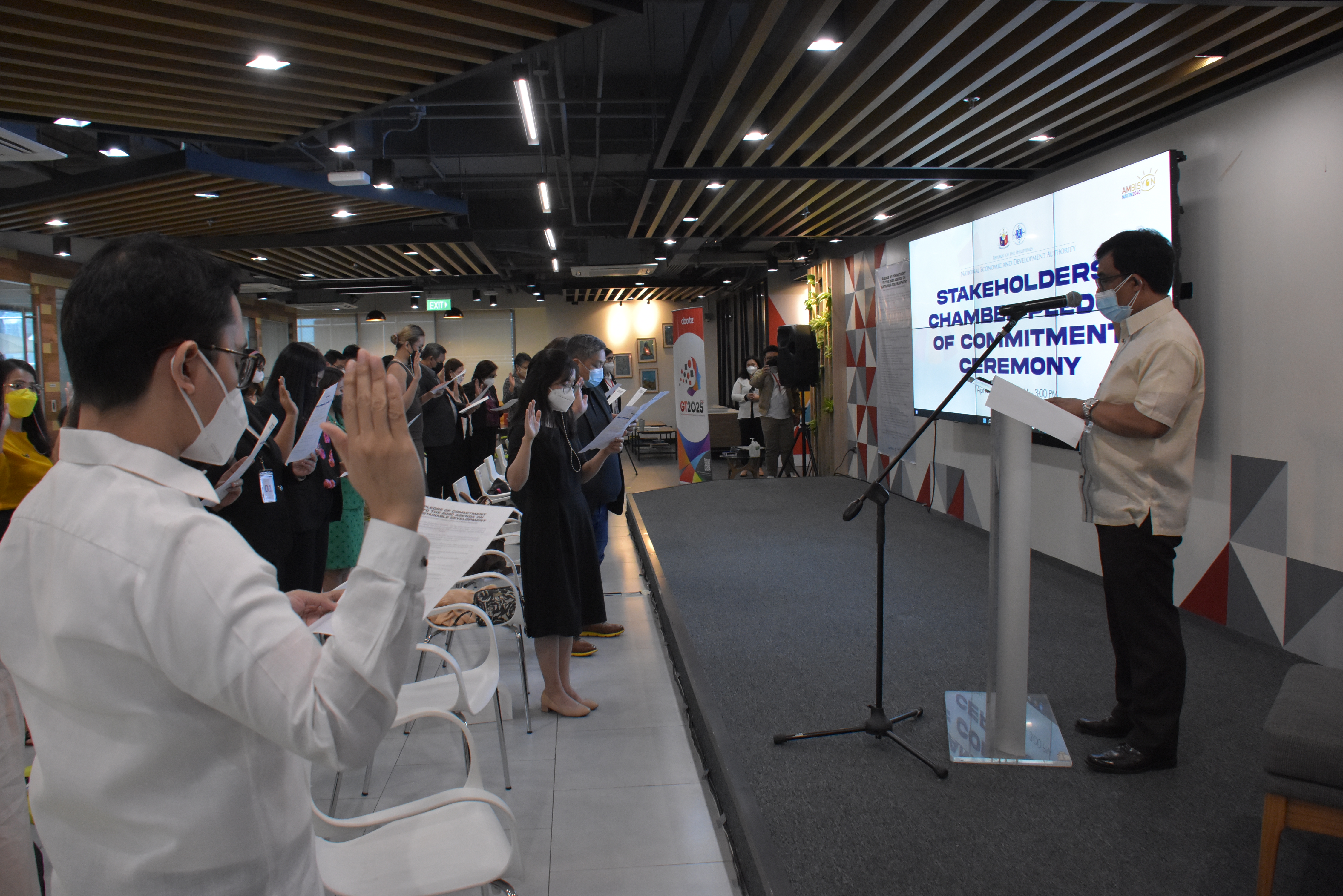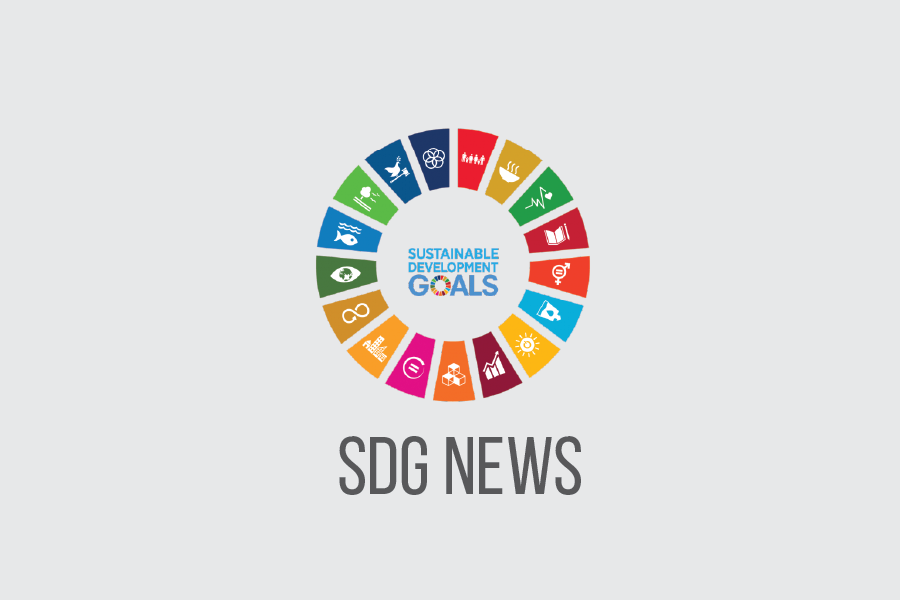Category: General
PDP 2023-2028
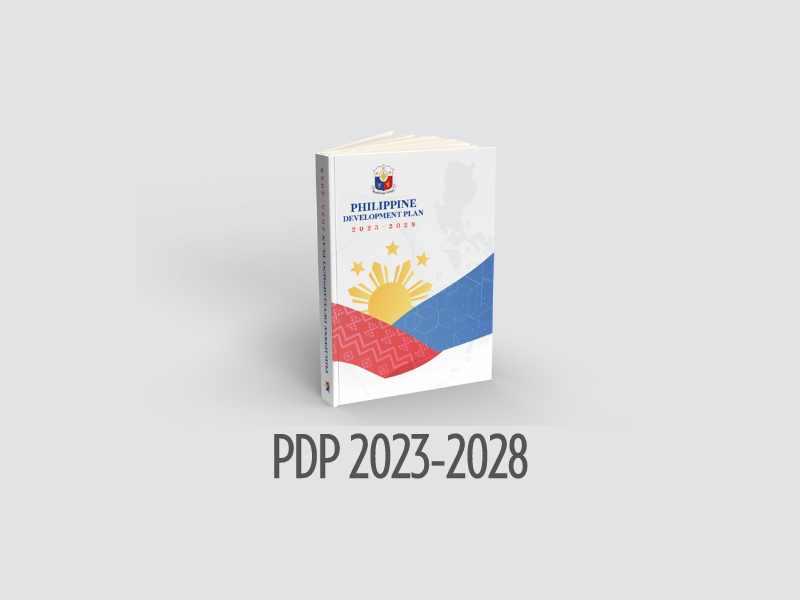
PDP 2023-2028
The PDP 2023-2028 is a plan for deep economic and social transformation to reinvigorate job creation and accelerate poverty reduction by steering the economy back on a high-growth path. This growth must be inclusive, building an environment that provides equal opportunities to all Filipinos, and equipping them with skills to participate fully in an innovative and globally competitive economy.

Guidelines on the Localization of the PDP 2017-2022 Results Matrices and the SDGs
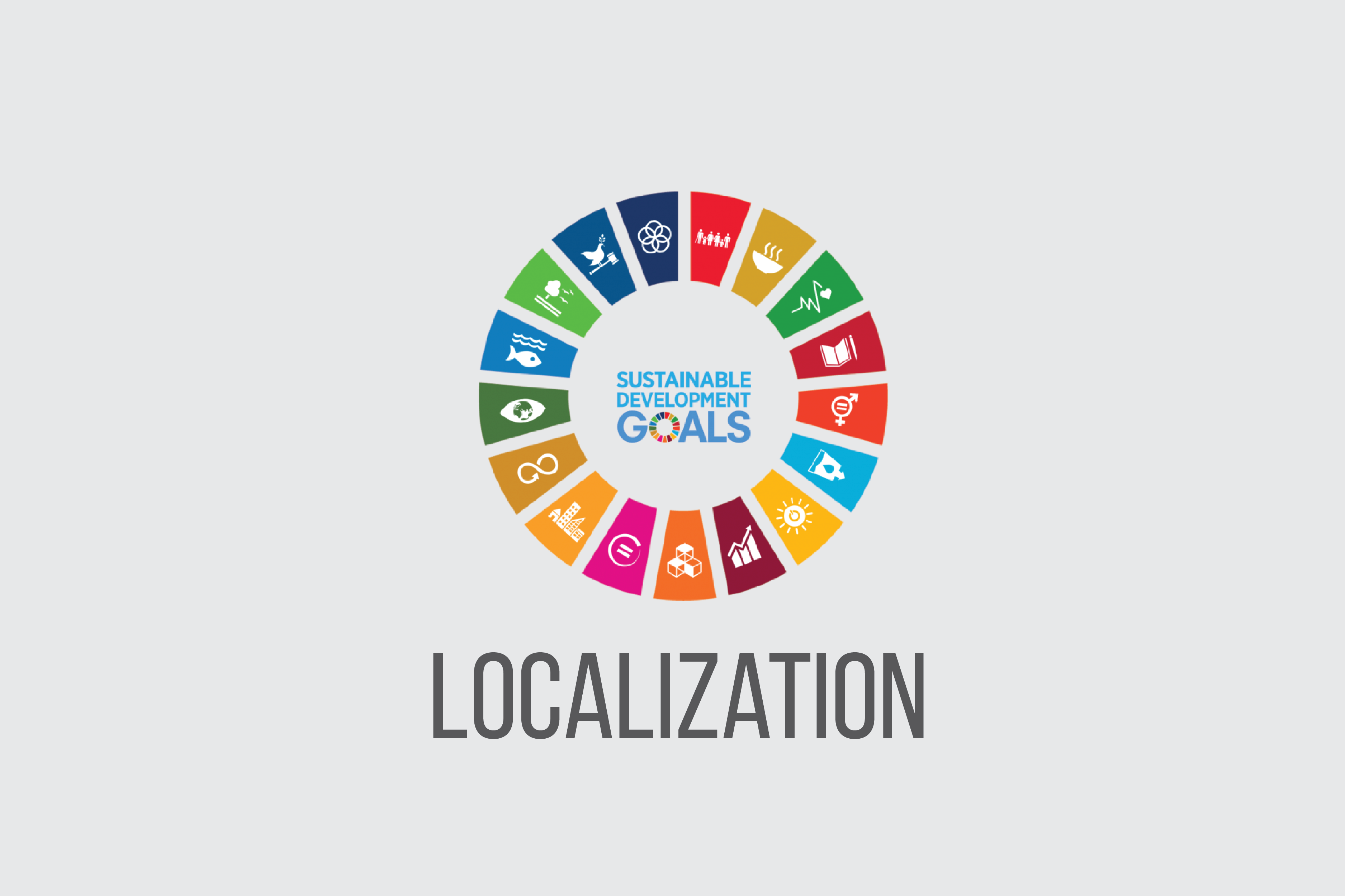
The attainment of the SDGs requires concerted, multi-sectoral and multi-stakeholder efforts both at the national and local levels. The implementation strategies required to achieve the SDGs which are found in the PDP and the subsequent sectoral plans are mainstreamed and localized through the Regional Development Plans (RDP) and Comprehensive Development Plans (CDP) at the regional and local level.
The Department of the Interior and Local Government (DILG) takes the lead in localizing the SDGs and has already conducted a series of regional and provincial workshops to strengthen the functionality of the local government units (LGUs) in increasing the awareness and support for both the AmBisyon Natin 2040 and the SDGs, and ensuring that they integrate such in their respective plans and programs.
As of March 2018, the planned workshops (excluding those located in ARMM) have been conducted in all the regions, 76 provinces, and 1,373 municipalities. In addition, NEDA, in collaboration with PSA and DILG, are looking into the inclusion of an assessment criteria or checklist related to SDG implementation in conferring the Seal of Good Local Governance (SGLG) to local government units. Through the DILG, we also aim to localize the national and regional indicators by identifying provincial and municipal-level indicators that would operationalize and contribute to the attainment of the goals and outcome areas articulated in the Philippine Development Plan, 2017 to 2022 and the SDGs.
In November 26, 2018, Joint Memorandum Circular (JMC) 1 s. 2018 was signed between the Department of the Interior and Local Government and NEDA entitled “Guidelines on the Localization of the Philippine Development Plan (PDP) 2017-2022 Results Matrices and the Sustainable Development Goals”
The guidelines are being issued to ensure that PPAs implemented by local governments would contribute to the achievement of targets of PDP priority sectors and areas. The formulation of RMs at the regional, provincial and city/municipal levels reflective and/or consistent with the targeted outcomes of the PDP and budgeting of PPAs that would contribute to the achievement of the RM targets are seen to ensure vertical linkage of national, regional, and local priorities.
The series of activities under the JMC upholds the principle of decentralization in the Local Government Code and strengthens the vertical linkages across the different levels of government in development planning and budgeting. This JMC highlights the following: adoption of a geographic-based perspective in planning and investment programming by provinces that encompasses cities and municipalities within its administrative boundaries to include highly urbanized cities (HUCs) and independent component cities (ICCs) within its periphery; exercise of provincial oversight vis-a-vis planning, implementation, and monitoring; strengthening of provincial-city/municipality interface and dialogue; and, strengthening province, city, and municipality database management system.
Statement of the Philippines at the 59th Session of the Commission for Social Development


STATEMENT OF THE PHILIPPINES
59th Session of the Commission for Social Development (Virtual Meeting)
Theme: “Socially just transition towards sustainable development: the role of digital technologies on social development and well-being of all”
11 February 2021
HON. ROSEMARIE G. EDILLON
Undersecretary for Policy and Planning
National Economic and Development Authority
Chair, Excellencies, distinguished colleagues, all protocols observed as I greet you good morning from the Philippines.
That I am able to address you today, from the Philippines, amid the COVID19 pandemic is testament to the important role of digital technology. And such innovation should be shared, in keeping with our commitment to prosperity but sustainable development and inclusivity: Leave no one behind.
The COVID19 pandemic has radically changed the way we live. Work and learning environments had to be transformed, mainly because there cannot be many people inside a closed space. And we had to rely on digital technology, whenever and wherever possible.
A study conducted by the World Bank in the Philippines entitled “Philippines Digital Economy Report 2020 : A Better Normal Under COVID-19 – Digitalizing the Philippine Economy Now”[1], observes that “the use of digital technologies such as digital payments, e-commerce, telemedicine, and online education, is rising in the Philippines and has helped individuals, businesses, and the government cope with social distancing measures, ensure business continuity, and deliver public services during the pandemic.”
The new challenge now is to expand the adoption of digital technology. The same WB study suggests how this can be done:
- Governments should lead as examples
A number of business to government, public to government transactions and vice-versa have been migrated to online platforms. Initially, it was a way of ensuring service continuity amid the pandemic. Later on, other advantages became apparent; not the least of which is to avoid having crowds and long queues in government offices. Technology was also employed in the delivery of services, like in the delivery of health care. Led by the Department of Health (DOH)[2], telemedicine has been promoted to alleviate the surge and minimize the risks posed by unnecessary traffic in hospitals. Hotlines and websites were set up and private service providers were tapped to extend free medical consultation services. Telemedicine is also seen as an enabler for patient referral systems.
- Provide the enabling environment
The massive rollout of digital infrastructure, ensuring its quality and affordability require more than just the availability of finance. In the case of the Philippines, this was primarily hindered by the lack of market competition among service providers, as well as policies that hinder the fast rollout of new infrastructures and investments. These are urgently being addressed and along with ensuring a business climate that is conducive to investments, innovation and competition.
- Democratize access
The digital divide is real and has been amplified by the pandemic. We have seen that while everyone had to bear the adverse consequences of COVID19, some were less able to protect themselves against its ill-health effects. Some were at greater risk of infection because their work could not be done remotely. Others had to stop working altogether, because their customer base is in high-interaction environments. Distance learning has become the primary mode of delivering instructions, but others could not attend classes. In fact, resilience depended on access and ability to use digital technology.
In the Philippines, government has been accelerating the implementation of the National Broadband Plan.[3] It aims to lay the backbone of connectivity network across the country through the deployment of fiber optic cables and wireless technologies, thereby, improving Internet speed and affordability. This will also enable more public spaces with free Wi-Fi access.
Equally important are the hardware and software to complement the infrastructure. And here is where we call on developed countries and tech companies to make apps, software and especially learning apps widely available and accessible. These should cover a wide spectrum, from content-heavy subjects to technology and vocational education. Currently, we pay a steep subscription fee for these learning apps, and therefore, access has been limited.
Finally, we also need to develop the necessary human capital that can build on digital technology. And this brings me back to our plea to making the necessary hardware and software affordable and accessible. Let us increase the pool of thinkers, scientists and, especially, innovators as we need to always come up with solutions to new problems.
Chair,
We firmly believe that we can work together so that digital technology can be a catalyst towards strengthening the ties within and among our nations, and finally bring us towards recovery, resiliency, and sustainability to realize not just a “new”, but a “better normal” for all.
Thank you.
[1] https://www.worldbank.org/en/news/press-release/2020/10/05/harnessing-digital-technologies-can-help-philippines-overcome-impact-of-pandemic-hasten-recovery
[2] https://doh.gov.ph/node/20343
[3] https://dict.gov.ph/programs-projects/

